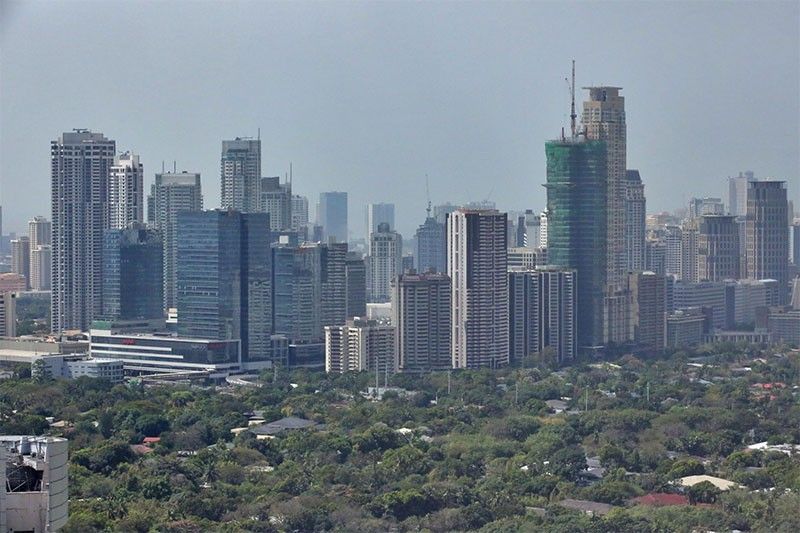Philippines upper middle-income status seen to boost insurance penetration

MANILA, Philippines — Higher insurance penetration hinges on the country’s ability to reach upper middle-income status as Filipinos’ disposable income remains limited amid the high cost of basic goods and services.
Former Sun Life Philippines CEO and now board director Rizalina Mantaring said the insurance industry remains small, with its contribution to gross domestic product (GDP) declining to 1.68 percent as of the third quarter of 2023.
This as disposable income, or the money available after an individual has paid taxes and other primary expenditures, remains limited.
“Insurance typically tends to take off once we reach a certain level of [income] per capita, which we did. Unfortunately, the pandemic started and threw everything upside down,” Mantaring said during Sun Life Grepa Financial Inc.’s 70th anniversary late Friday.
As such, Mantaring said reaching the upper middle-income status could partly help the sector tap more Filipinos into availing social protection.
Data showed that the current penetration rate in the Philippines at 1.68 percent is below the Southeast Asia average of roughly four percent and more so globally at seven percent.
In the region, the Philippines trails closely to Vietnam but lags behind Thailand and Malaysia’s almost six percent and Singapore’s 10 percent.
Mantaring said hitting the income per capita of Singapore, or Malaysia at the least, could help the sector grow to five to six percent of GDP.
The World Bank classifies the Philippines as a lower middle-income country with a gross national income (GNI) per capita of $3,950. This has been the country’s status for nearly four decades.
The Philippines should have a GNI per capita of at least $4,466 to $13,845 to be considered as an upper middle-income country, a status that neighboring Malaysia, Thailand and Indonesia already holds.
The Marcos administration targets to reach the status as early as next year.
“People have more immediate needs. You don’t have disposable income, you can’t buy insurance. Because you’ll always go to the basics first,” Mantaring said.
“And financial literacy is also a big issue. Despite years of effort trying to increase the financial literacy of Filipinos, it’s still very low and many are still not in the formal financial system,” she added.
- Latest
- Trending



























